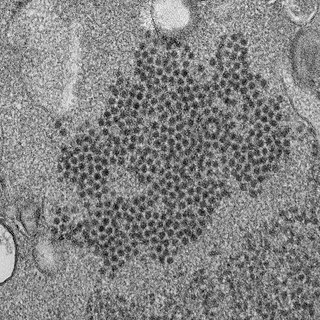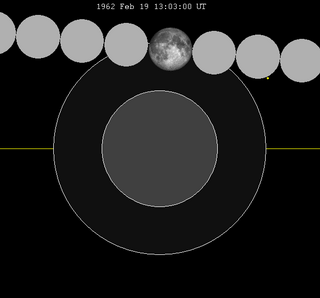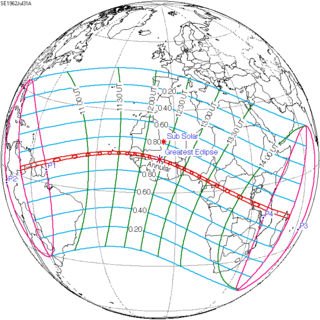 W
WEnterovirus D68 (EV-D68) is a member of the Picornaviridae family, an enterovirus. First isolated in California in 1962 and once considered rare, it has been on a worldwide upswing in the 21st century. It is suspected of causing a polio-like disorder called acute flaccid myelitis (AFM).
 W
WThe Great Stirrup Controversy is the academic debate about the Stirrup Thesis, the theory that feudalism in Europe developed largely as a result of the introduction of the stirrup to cavalry in the 8th century CE. It relates to the hypothesis suggested by Lynn Townsend White Jr. in his 1962 book, Medieval Technology and Social Change. White believed that the stirrup enabled heavy cavalry and shock combat, which in turn prompted the Carolingian dynasty of the 8th and 9th centuries to organize its territory into a vassalage system, rewarding mounted warriors with land grants for their service. White's book has proved very influential, but others have accused him of speculation, oversimplification, and ignoring contradictory evidence on the subject. Scholars have debated whether the stirrup actually provided the impetus for this social change, or whether the rise of heavy cavalry resulted from political changes in Medieval Europe.
 W
WA penumbral lunar eclipse took place on February 19, 1962.
 W
WA penumbral lunar eclipse took place on July 17, 1962. This very subtle penumbral eclipse was essentially invisible to the naked eye; though it lasted 2 hours and 48 minutes, just 39% of the Moon's disc was in partial shadow.
 W
WA penumbral lunar eclipse took place on August 15, 1962.
 W
WProject West Ford was a test carried out by Massachusetts Institute of Technology's Lincoln Laboratory on behalf of the United States military in 1961 and 1963 to create an artificial ionosphere above the Earth. This was done to solve a major weakness that had been identified in military communications.
 W
WA total solar eclipse occurred on February 5, 1962. A solar eclipse occurs when the Moon passes between Earth and the Sun, thereby totally or partly obscuring the image of the Sun for a viewer on Earth. A total solar eclipse occurs when the Moon's apparent diameter is larger than the Sun's, blocking all direct sunlight, turning day into darkness. Totality occurs in a narrow path across Earth's surface, with the partial solar eclipse visible over a surrounding region thousands of kilometres wide. Totality was visible from Indonesia, Netherlands New Guinea, the Territory of Papua New Guinea, British Solomon Islands, and Palmyra Atoll.
 W
WAn annular solar eclipse occurred on July 31, 1962. A solar eclipse occurs when the Moon passes between Earth and the Sun, thereby totally or partly obscuring the image of the Sun for a viewer on Earth. An annular solar eclipse occurs when the Moon's apparent diameter is smaller than the Sun's, blocking most of the Sun's light and causing the Sun to look like an annulus (ring). An annular eclipse appears as a partial eclipse over a region of the Earth thousands of kilometres wide. Occurring only 4.7 days before apogee, the Moon's apparent diameter was larger. This solar eclipse occurred 44 days after the final game of 1962 FIFA World Cup.